Interview street photographer
Interview with street photographer
(Adriaan du Toit)
This is the latest interview session and with someone who shoots my favourite style of photography – street!
In an attempt to reach out to people from other countries and styles, this is a very exciting time for the blog. After viewing Adriaan du Toit’s work on Instagram, you find yourself liking so many pictures. The next minute you are commenting and messaging each other, which then leads to this interview.
Like many areas of photography, Instagram is loaded with street photography images. There are many talented people around the world, but Adriaan’s just caught my eye. The detail on the faces, the emotions showing through and his ability to use the technology to suit.
ADRIAAN DU TOIT
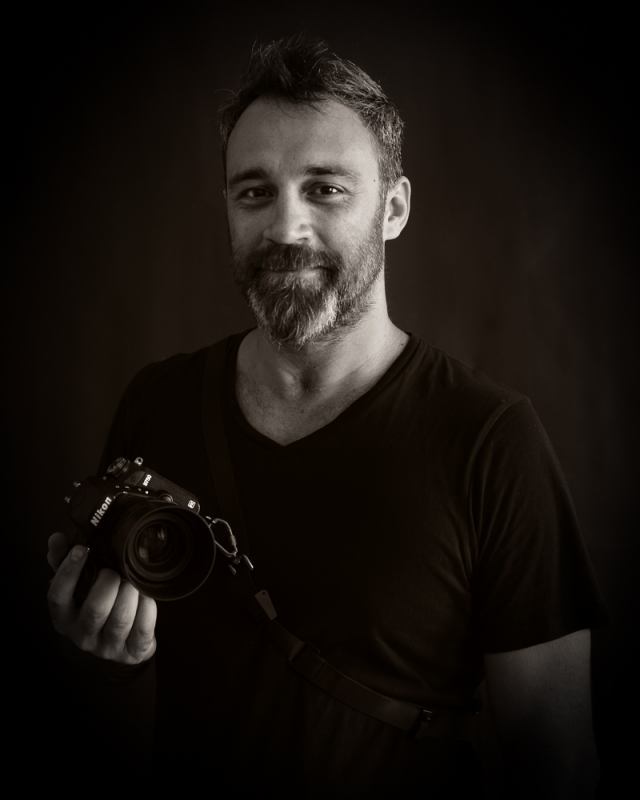
Welcome to the interview Adriaan, please introduce yourself:
“I’m 40 years old, originally from Cape Town, but currently living in Ho Chi Minh City where I’m on a (possibly permanent) sabbatical from my career as a business analyst.
I started taking photos about a year ago while living in Dublin.
I’m not particularly artistic by nature but the human element of photography had me hooked as soon as I realised how rewarding it is taking people’s pictures.”
INSIGHT
Tell us about the people who have influenced you in life and your career (does not have to photography related).
“I’ve not been into photography long enough to really feel I have the right to claim ‘influences’. But I can say that I love the work of Costa Manos and Saul Leiter. Guys who shoot in colour on the street. Alan Schaller is one of my favourite black and white photographers. He’s also really nice at saying thanks to people who compliment him on Instagram. Which makes him pretty cool in my book.

The music of The Hold Steady I also find quite inspiring. Songs about people. They have a unique way of telling people’s stories. A view into the complexities of a life we don’t get to see as outsiders. Seeing a picture that humanises a stranger does that too. Lets us identify with some aspect of someone’s life that would ordinarily be hidden. Mostly by filling in the gaps with our own projections, but that’s what art sometimes is, isn’t it?”
As far as improving as a photographer, would do you recommend more practise, organised walks, groups, courses or books?
“It really depends on what you’re trying to achieve. I don’t actively play a design game when taking pictures. It’s still something I’m learning. I appreciate the work of people who can compose beautiful shapes out of their subjects, light and surrounding objects, but I’m not there yet. If that’s what you’re trying to achieve, spend a lot of time analysing the works of the obvious greats. Cartier-Bresson. Winogrand. There’s no substitute for understanding why certain pictures work and certain don’t. The theory does go a long way here. And then get ambitious.
Personally, I like to connect with people. I want to make regular humans on the street look awesome. And I want them to see how awesome a camera can make them look. It’s very gratifying. If that’s what you’re trying to do, there’s no substitute for just getting out there and overcoming any inhibitions you may have. This is the biggest obstacle to being a successful ‘person’ photographer. The technical stuff is easy to learn. Know where the light is, know how to get good focus, know how to expose correctly. Simple. What’s hard is getting people comfortable with your camera two feet from their noses. They don’t care about the lens. They care about you. How you approach them. This is especially important if you can’t speak the language of pretty much everyone you’re photographing.”
What is your earliest memory of photography?
“The first time I touched a camera was September 2016, so I remember it quite clearly. I wish there was a more romantic story here. It was really cold.”
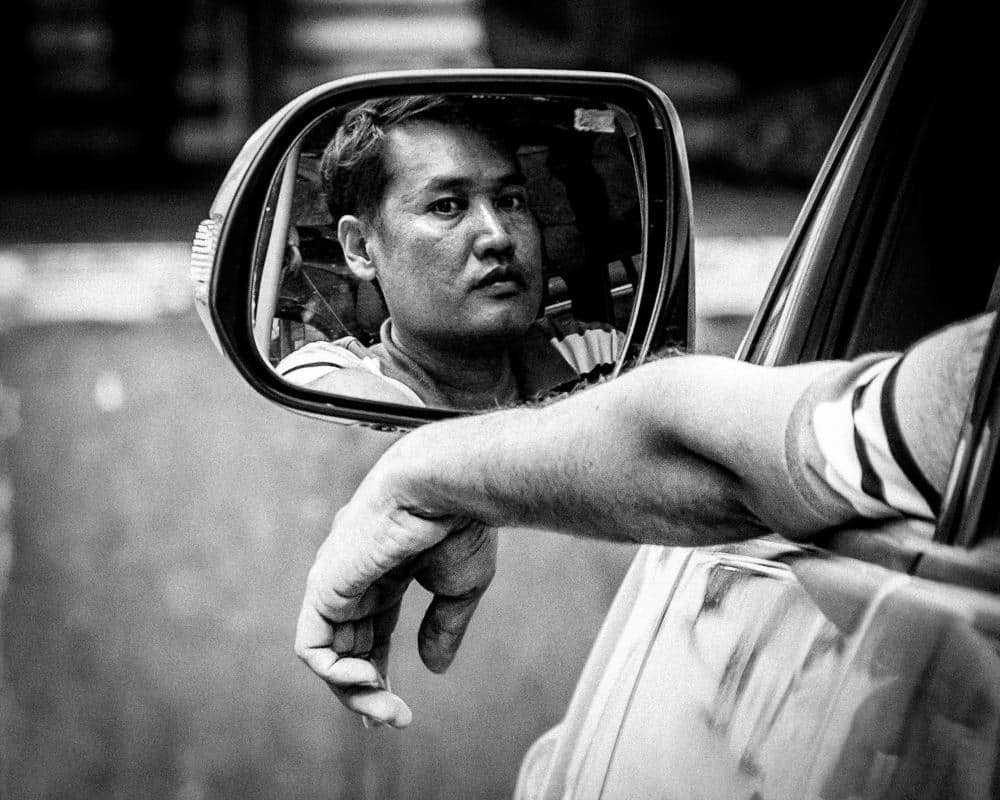
We can see from your work you appear to be a street photographer. In your words how would you explain this to someone?
“Photographing people going about their day-to-day business in public spaces.”
EXPERIENCE
What was one of the most rewarding shoots you remember and why?
“All the times when the light was good. For me, that means when the sun is out. Early morning and late afternoon are best, but I also like hard direct sunlight when shooting street scenes. Although the past couple of months have been very cloudy and I seldom get the chance to shoot in sunlight. I love hard shadows in street scenes.
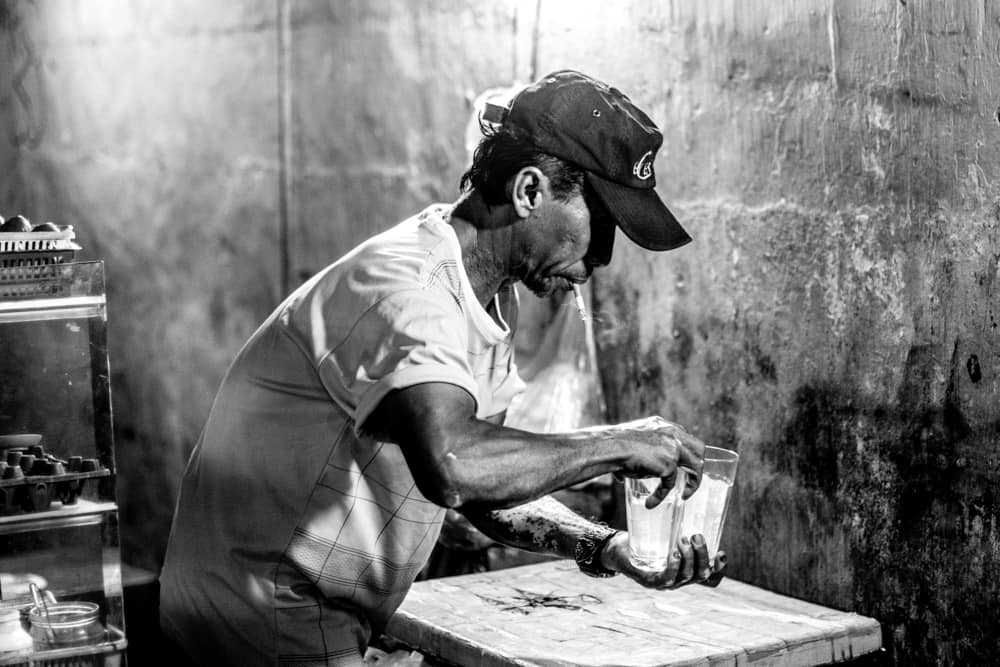
On sunny days portraits aren’t ideal so when I’m out when it’s overcast I tend to do push into people’s personal spaces a little more. Focus on their eyes.”
What is always in your camera bag when you go out?
“I shoot with a Nikon D750 and a Nikkor 50mm 1.4 lens. I also carry an adjustable ND filter with me for very bright days if I want to slow the shutter speed down a bit or shoot with my lens wide open.”
Do you have a favourite lens or favourite bit of kit?
“I recently bought the D750 and it’s just the best thing. Making the jump from a hobbyist body to this was the smartest money I ever spent. There’s a reason it’s such a revered piece of equipment. I don’t really like talking about gear, so I’ll leave it there.
I love my lens too, a 50mm is versatile enough focal length for street photography. Getting right into my subjects’ faces and this is a nice lens for that. It’s really light and shooting at 1.4 allows you to get creative with focus.”
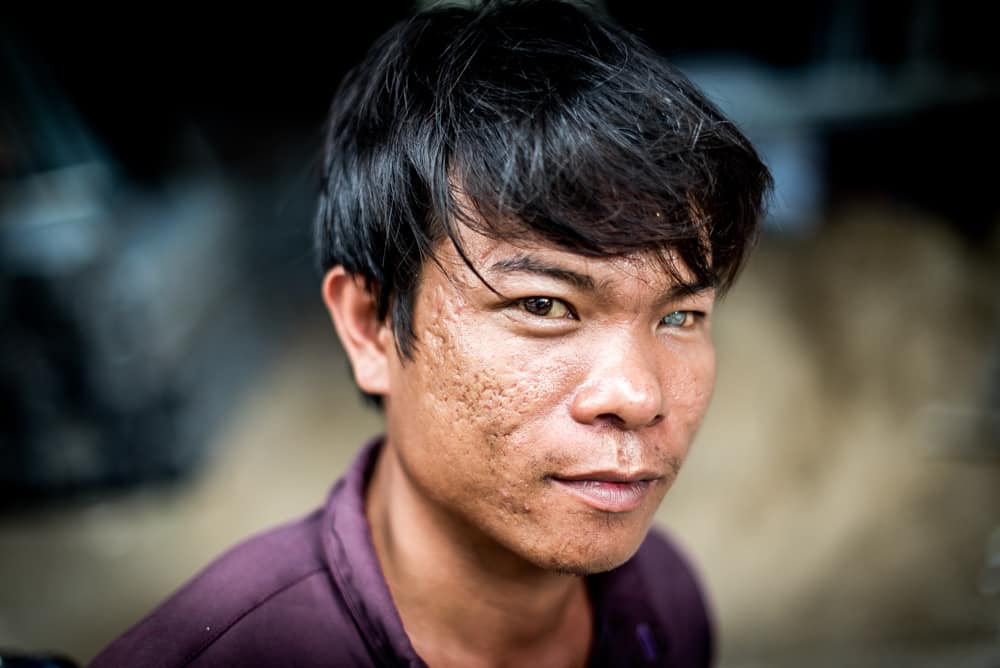
Do you normally ask permission or just shoot? Also, do you ever show the picture to the person?
“I always do when I’m shooting a portrait. If someone has an interesting look and the light is good I usually just lift my camera towards them and raise my eyebrows in a questioning kinda way. Or say ‘can I take your photo please’. Sometimes they’ll understand English and we’ll have a chat after. Being friendly before taking the photo also puts me in a position where I can ask them not to pose too obviously. People do this often and being respectful to them before I take the shot means I can guide them to a more natural pose.
If I’m just shooting a street scene where a person happens to be, I don’t feel the need to ask for permission. If the person catches my eye I will always go and show them the photo after. The response is generally pretty positive. People like having their photos taken.”
Have you had any bad encounters on the streets?
“Nothing really bad no. Other than people telling me they don’t want me to take the photo. They can be pretty rude sometimes but I’m cool with that. It can be a little intrusive and sometimes someone is just having a bad day. It doesn’t bother me at all anymore.”

THE RANDOM QUESTIONS
When you were a child, what career/job/field did you want to go into?
“Writing or journalism.”
Name one of your strengths and one of your weaknesses
“I can be a little lazy sometimes. But that also means that I don’t take things too seriously, which I think is a good quality. Need to find a balance there. Been trying for four decades now.”
Mirrorless or DSLR?
“DSLR”
Chuck Jines (US street/documentary photographer) said street photography is a hobby and overrated. What is your opinion?
“I’m don’t know the context of his statement and haven’t read all of what he said so I’m just going to comment on my interpretation of what he meant.
As a pursuit, it’s not overrated at all. But the overall quality of the stuff being published on photo sharing networks is pretty low and often receives appreciation that’s not warranted.
Many photographers are taking and sharing barely interesting shots of banal urban scenes and putting them out there as street photography. It’s easy to overstate the artistic merit of a street shot because there’s a romance inherent to people moving about in a city. The notion of peering into a person’s life has a thrill to it that sometimes disguises the fact that what you’re looking at simply isn’t a well-composed shot. I’m guilty of this too. I think maybe 3% of the photos I’ve taken DON’T fall into this category. There are criteria for what makes a good photograph and the VAST majority of what is shared online don’t conform to these.
I can see where this would frustrate a pro like Chuck. His work is really terrific and it must be difficult for him to sometimes see an art form in which he excels get diluted with a lot of substandard work.
But I don’t think this is the fault of us newbie photographers. The best way to improve in anything is to put yourself out there and get judged and I don’t think his comments should be seen as anything other than a challenge to always, always keep improving.”
You are elected prime minister/president of your country, what is your one main item on your manifesto?
“Pay teachers and nurses more. Then something selfish after that. I’d feel like I earned it with the teachers and nurses thing. It probably wouldn’t be something wholesome.”
You find Aladdin’s magic lamp, what are your 3 wishes?
“Mitch Hedberg and Bill Hicks were still alive.
I should probably also say something photography related here. An invisible speedlight and diffuser, as I love off camera lighting in street portraits but I’m too embarrassed to carry that paraphernalia around with me.”
Can you explain art?
“Yes.”
Where is Shangri-la?
“At the bottom of an empty jug of Long Island Iced Tea.”
One of your friends tells you a secret about someone famous, how long before you tell anyone?
“Science has not yet defined a period of time short enough. Less than a second. I’ll basically scream it back into that person’s face before they’re even finished telling me.”
THOUGHTS
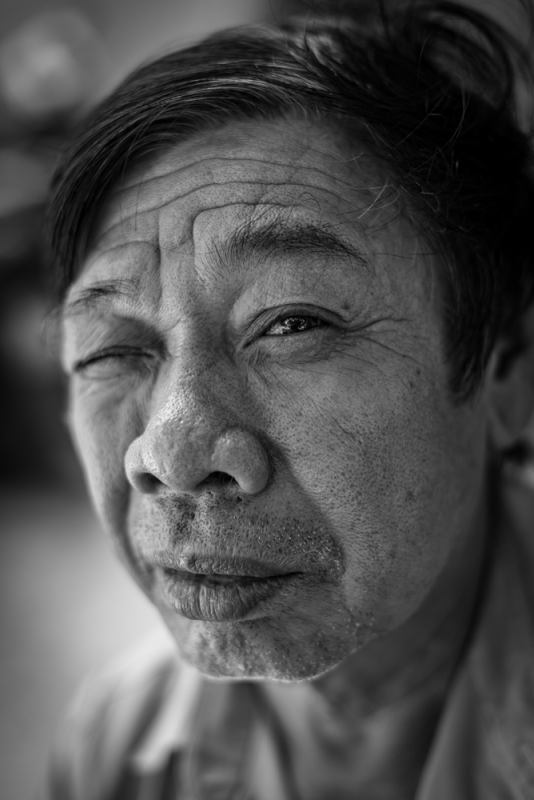
During our emails and messages, Adriaan has been nothing but friendly and worked quickly to get a portrait picture of himself ready for the blog! If any of you are ever over Adriaan’s way please get in touch with him. It would be lovely to meet in person and shoot together. Using a large camera for this type of photography shows he is committed and willing to put himself out there (many use smaller mirrorless cameras).
Adriaan is a real person like myself, who does not have a fairy tale life or beginning in the field of photography. Some of us the photography just happened one day, but that just means we are more committed to learning.
It was fun to read Adriaan’s answers, he is truthful and direct, qualities that should be admired. Though maybe, don’t trust him with a juicy secret!
His photos show emotion on the street and some people may say they are portraiture rather than street. But these people are real life and who cares about labels, they are amazing. Adriaan also made me laugh as he was the first person to negotiate on the number of photos in the article.
If you are interested in viewing more of Adriaan’s work – click here.
MORE
Please get in touch with your recommends for the next interview session.
Previous sessions have included:
Aerial photographer – Ian Bracegirdle
Natural light portrait photographer – Instinctive
Petite Model – Safia Pixie
Photographer from USA – Chris Miralles
